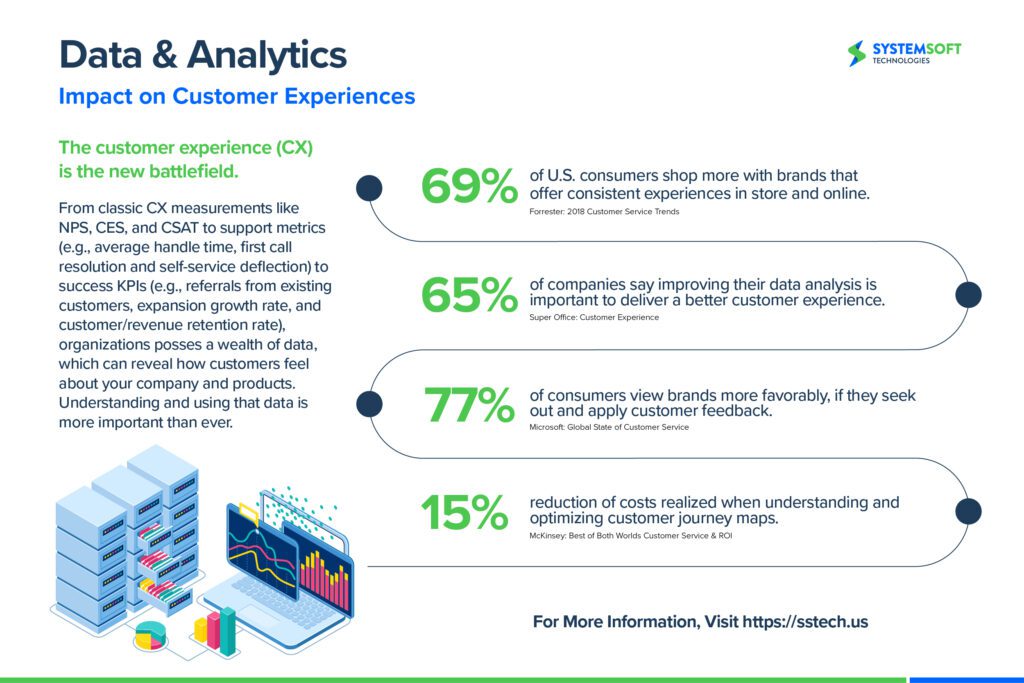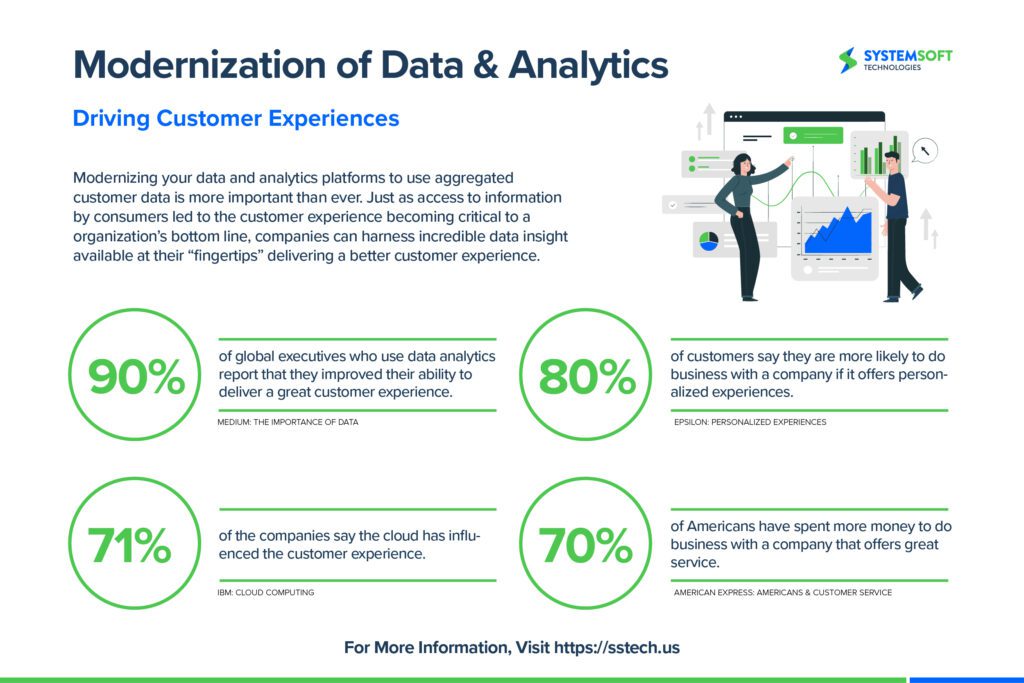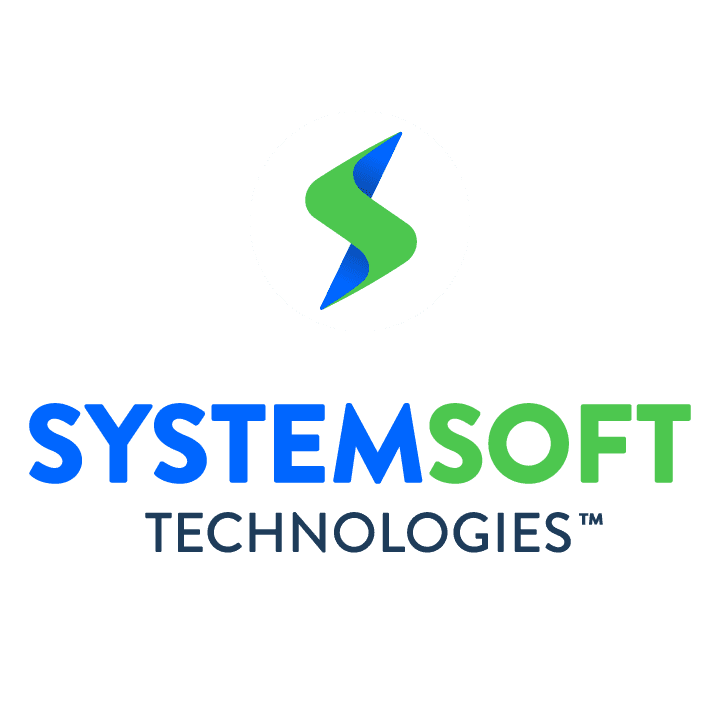One of the biggest assumptions database architects can make is to think “If I build it, they will come.”
This holds true, especially in a platform modernization initiative. The future state architecture must provide technological capabilities, which tightly align with business initiatives and strategic direction. This is accomplished by incorporating your organization’s strategic objectives.
The resulting IT architecture roadmap must be meticulously planned, managed and implemented. The implementation will be driven by which project allows for the build out of a component of the future state architecture. This can be done using an architecture framework, such as The Open Group Architecture Framework, or TOGAF.

Modernization Journey
Platform modernization helps organizations realize new efficiencies, resulting in increased productivity and realized cost savings. Platform modernization aims to retain and extend the value of the legacy investment through migration to newer, more cost-effective platforms. The decision to modernize must be carefully examined to ensure the cost does not outweigh the overall benefit.
The journey is taken over time by incrementally modernizing components of the IT landscape.
Step 1
The first step in the journey is to gather and validate high level business requirements and use cases. The two primary categories include current and aspirational state requirements.
The goal is to determine how the enterprise needs to operate, achieving business goals and responding to strategic drivers. The business’ strategic drivers and future state vision must be used to tease out what capabilities are needed to satisfy the future state requirements.
Step 2
The next item to consider when bringing your systems up to date is also updating the user experience (UX). Otherwise, the business value you’re creating can be lost. UX is important, especially for redesigning a legacy system, because it directly impacts the way people work and helps them navigate new technologies.
Designing a strong user experience involves a deep understanding of users’ needs and behaviors, as well as the organization’s business goals. For enterprise applications, that means understanding how a predetermined set of users perform specific tasks to reach an objective. Enterprise UX is all about finding easier paths for users to accomplish objectives and simultaneously advance business goals.
Step 3
Once you tie down the UX, it’s vital to accelerate data modernization by taking advantage of prebuilt data source connectors. Having a library of these can drastically reduce the amount of time and effort needed to modernize and leverage your existing data pools.
Enterprises also need to future-proof their big data investments & data modernization strategy. Over time, some vendors have focused on the pure open-source model. Others have provided value-add commercial software built on open-source technology. It turns out both approaches are right.

Accelerate Innovation
You’re going to want optimized tools from your solution provider when it makes sense. But your future big data estate also needs to evolve with the speed of open-source innovation.
By implementing a solution with the ability to deploy any open-source framework, you are prepared for this constant evolution, while giving your data scientists access to the latest open-source toolkits.
While having the data is important, how you use that data is even more critical. That’s why working with a prebuilt analytics modernization platform like Elysium is crucial. This will help you drive enhanced decision-making to a new level, ensuring your data center modernization is creating the most value for your organization.
[Watch the webinar: Drive Digital Customer Experiences with a Modernized Analytics Platform]
Customer Experience
While clearing the four hurdles that can constrain organizations from using data as a competitive weapon, including architecture complexity, data inconsistency, lack of automation and insufficient business clarity, top performers have overcome those challenges building a modernized analytics platform.
Consider this story about a U.S. banking institution.
The bank’s legacy application was unable to scale due to the volume of calls and its clunky customer experience. This challenge created many missed opportunities.
By digitizing the bank’s data, improving the UX and using newer, scalable cloud services, call volume reached a lower cost. The bank moved to a modern data platform within two weeks.
Soon after implementation, 90% of visitors and customers completed their transactions. The bank’s revenue increased. The business team now has thorough insights about the customer journey and full agility to iterate the base with continuous insights.
Here are a couple of infographics laying out benefits and results from modernizing your data and analytics modernization platform, improving the customer experience and driving top-line growth.


[Watch the webinar: The Future of Digital Customer Experiences]
Conclusion
If you would like to learn more about building a roadmap for a successful Data Platform Modernization and Analytics Platform Modernization Plan, you can start by watching a recent webinar System Soft Technologies (SSTech) presented.
During the webinar, we covered four ways smart companies overcame legacy platform challenges to survive and thrive, even during the current global pandemic. We shared how market leaders have cracked the code to build a modernized analytics platform, which successfully uses artificial intelligence (AI) and harmonized data to automate the delivery of predictive and prescriptive customer insights.
We also give specific recommendations and techniques described in pragmatic terms, which can fuel adoption, accelerate modernization, and drive higher ROI of data and analytics investments.
So, watch the free, on-demand webinar. Then, discover how a SSTech Modernized Analytics Platform QuickStrike has allowed our clients to stimulate a Data and Analytics Platforms Migration program through specific and executable recommendations, delivered in weeks.
About the Author: Don Bilbrey

Don Bilbrey serves as Senior Solutions Architect at System Soft Technologies. Don, a technology nerd, knows his stuff when it comes to systems and storage solutions. He’s a people person, too. He showcases his humor and wit, as he energetically manages the service delivery needs of large enterprise customers.

